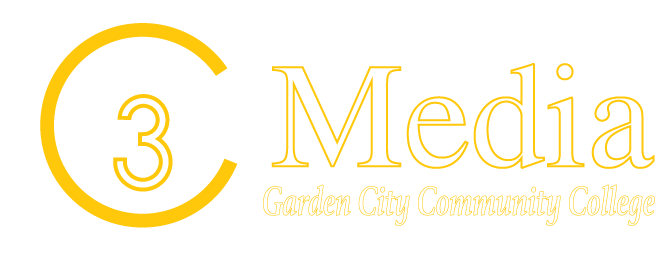Sara McClure, Coordinator of Tutoring at Garden City Community College, offers workshops on different topics to help students succeed in college. Last week, she led a workshop on note-taking. During this workshop, McClure explained that we tend to forget almost 40% of new information within 24 hours and research shows that 50% is forgotten in a day, with up to 90% forgotten within a week. Because of this “forgetting curve,” she stresses the importance of staying engaged with material through reading, writing, discussion and problem-solving. Before class, at the very least, she recommends reading the textbook, creating notes and reviewing prior to lectures. Sara also suggests previewing by making textbook notes ahead of time, looking for main points, bold or italicized words and vocabulary.
She also outlined the four stages of good note-taking:
- Take notes
- Making notes
- Interact with notes
- Reflect on notes
When taking notes, you can use simple codes or abbreviations to write faster. Focus on the big ideas, key details, new terms and learn to separate what is important from what is not. Pay attention to teacher hints like, “This is important.” Instead of writing word-for-word, put the material into your own words so it makes sense to you. Use short phrases, bullet points, or lists and break notes into sections. Colors or highlighters can help show main ideas, new topics or connections. Handwrite your notes neatly, using only one side of the paper, sit at the front of class and always bring your materials
Some note-taking methods include:
- Cornell Method: Divide your page into two columns: questions on the left, notes on the right. Leave space between main ideas to revise later.
- When to use: Capturing lectures, creating questions, and analyzing textbooks or articles.
- Outline Method: Organize information with bullet points and structure for logical flow.
- When to use: Structured lectures, essay writing, research papers, and summarizing information.
- Charting Method: Use charts to compare and organize facts.
- When to use: Compare and contrast data, prepare for exams, or study structured lectures with clear categories and subtopics.
After writing notes, it is important to review them as soon as possible. Write questions, connect key ideas, and discuss the subject with classmates. Interact with notes regularly by summarizing and building study time into your schedule. Space out your study sessions and practice in intervals. Use questions as prompts, create flashcards, solve practice problems or teach the material to someone else.
As tests approach, reflect on your notes, seek feedback, focus on challenging areas and self-evaluate.





















